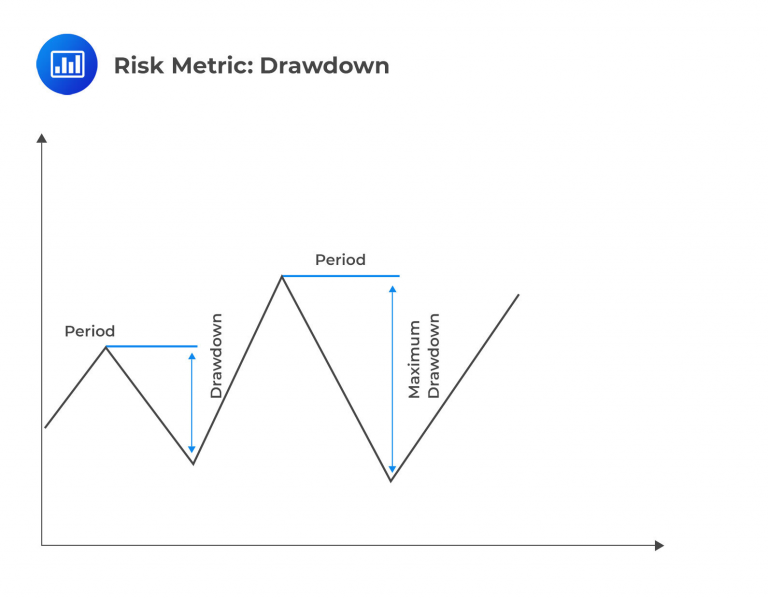Approaches in Valuing Real Estate
Valuation of Real Estate Properties Valuation of any commercial property is intrinsically... Read More
What is the potential impact of adding a hedge fund allocation to the traditional 60/40 (stock/ bond) portfolio?
Consider a traditional 60%/40% portfolio. 20% allocation of a hedge fund strategy group is added to the traditional portfolio. The resulting allocations for the combined portfolio are:
$$ \text{Stocks}=(0.60 \times 100)+(0.20 \times 100)=48\% \\ \text{Bonds}=(0.40 \times 100)+(0.20 \times 100)=32\% $$
It is generally true that when a hedge fund strategy is added to a portfolio:
Shows that hedge funds do the following to the traditional portfolio of bonds and stocks:
$$ \small{\begin{array}{c|c|c|c} \textbf{High Sharpe} & \textbf{High Sortino} & \textbf{Comparatively Higher} & \textbf{Sharpe and} \\ \textbf{Ratios} & \textbf{Ratios} & \textbf{Sharpe and Sortino} & \textbf{Sortino Ratios} \\ & & \textbf{Ratios} & \textbf{Significantly} \\ & & & \textbf{Enhanced} \\ \hline \text{EMN} & \text{Event-driven} & \text{Event-driven} & \text{FoFs} \\ \hline \text{Systematic futures} & \text{EMN} & \text{Global macro} & \text{Multi-strategy} \\ \hline \text{Global macro} & \text{Systematic futures} & \text{EMN} & \\ \hline \text{Event-driven} & \text{L/S Equity} & \text{Systematic futures} & \end{array}} $$
Explanation:
Explanation:

Explanation:
Explanation:
Question
How do the Sharpe and Sortino ratios differ in measuring risk-adjusted performance, and in what context is the Sortino ratio considered a superior performance measure for hedge fund strategies?
- The Sharpe ratio and Sortino ratio both penalize downside variability.
- The Sharpe ratio penalizes only downside variability, while the Sortino ratio penalizes both upside and downside variability.
- The Sharpe ratio measures risk as downside deviation, while the Sortino ratio measures risk as standard deviation.
Solution
The correct answer is B.
This accurately describes the difference between the Sharpe and Sortino ratios in measuring risk-adjusted performance.
A is incorrect. The Sharpe ratio penalizes upside and downside variability, while the Sortino ratio focuses on downside variability.
C is incorrect. The Sharpe ratio measures risk as a standard deviation, not a downside deviation.
Reading 38: Hedge Fund Strategies
LOS 38 (i) Evaluate the impact of an allocation to a hedge fund strategy in a traditional investment portfolio.
Get Ahead on Your Study Prep This Cyber Monday! Save 35% on all CFA® and FRM® Unlimited Packages. Use code CYBERMONDAY at checkout. Offer ends Dec 1st.